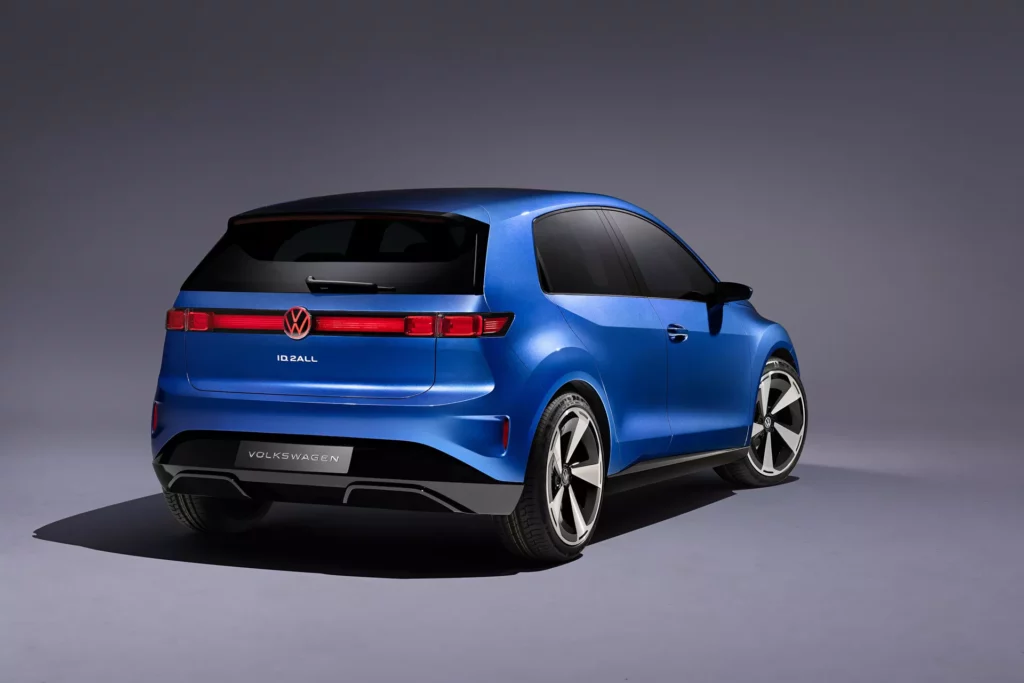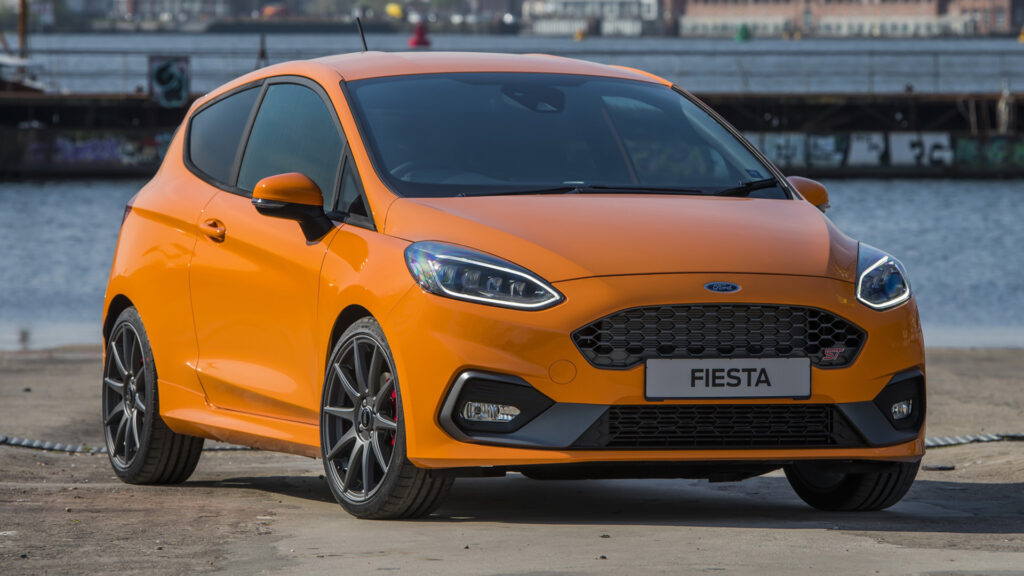VW Promises A Whole Family Of ‘Mind-Blowing’ GTIs, But There’s A Catch

- VW CEO Thomas Schafer has promised a “whole group” of upcoming GTI models.
- The new GTI models will be based on VW’s electric lineup and “mind-blowing” to drive.
- Schafer has tested prototypes of the electric Golf GTI, with the ID.2 GTI arriving first.
Nearly fifty years ago, Volkswagen changed the hatchback world forever with the Golf GTI. The “GTI” moniker stood for Grand Touring Injection, a nod to the four-cylinder engine’s fuel injection system at a time when carburetors still ruled the roads. A lot has changed since then, but one thing remained constant: GTIs were powered by gas. Well, it looks like that’s about to change.
Also: No More IDs, VW’s EVs Will Get Real Names
Volkswagen is now working on the next era for the GTI sub-brand, one that will see the performance label expanding into a variety of segments with new models. However, unlike what we’re used to, all future GTI offerings will feature fully electric powertrains, with VW promising to deliver a “mind-blowing” driving experience.
The company has already confirmed the production version of the ID.2 GTI, with plans to follow it up with the next-generation Golf GTI. But those two won’t be the only GTI-branded models. According to Volkswagen CEO Thomas Schafer, these electric hot hatches will “start a whole group of GTIs,” hinting at even more electric performance models on the horizon.
The Electric GTI Revolution
While Schafer didn’t dive into specifics, there have been rumors about an ID.3 GTI, along with the possibility of an entry-level ID.1 GTI, assuming there’s enough demand for the slightly larger ID.2 GTI, which is set to arrive first. And let’s not forget about the potential for performance versions of VW’s electric SUVs, which have already proven their chops with the GTX models.
Schafer, speaking with Autocar, expressed his satisfaction with the progress of the electric Golf GTI’s development. While the current gasoline-powered version of the hot hatch is expected to run “very well into the end of this decade,” Volkswagen is already testing prototypes of its fully electric successor, which will be built on the new SSP platform.


Schafer, who’s taken some GTI prototypes for a spin, says that an electric Golf can still offer an exciting, authentic experience. He describes the new setup as “mind-blowing,” promising that the electric hot hatch will be “a monster car.”
He also emphasized that the aim isn’t just to make it fast, as VW wants to make sure the electric GTI models feel distinct from their standard counterparts. Expect upgrades in sound and handling, along with the inevitable performance improvements.
More: We Drove The 2025 VW Tiguan And It’s Not What You Expect, But It’s What You Need
This lines up with comments from VW’s technical boss, Kai Grunitz, who noted that electric GTIs will be about more than just raw power. The focus, he says, will be on “drivability,” ensuring that these models aren’t just fast, but fun.
A 2026 Debut?
While Volkswagen hasn’t confirmed a debut date for the first electric GTI, it could arrive in 2026, which would coincide with the 50th anniversary of the original Golf GTI. With the ID.2 (or whatever VW decides to name it) set for release next year, it’s possible the first electric GTI will be unveiled next summer during the GTI festival in Wolfsburg. Looks like the future of hot hatches might be electrifying, after all.







